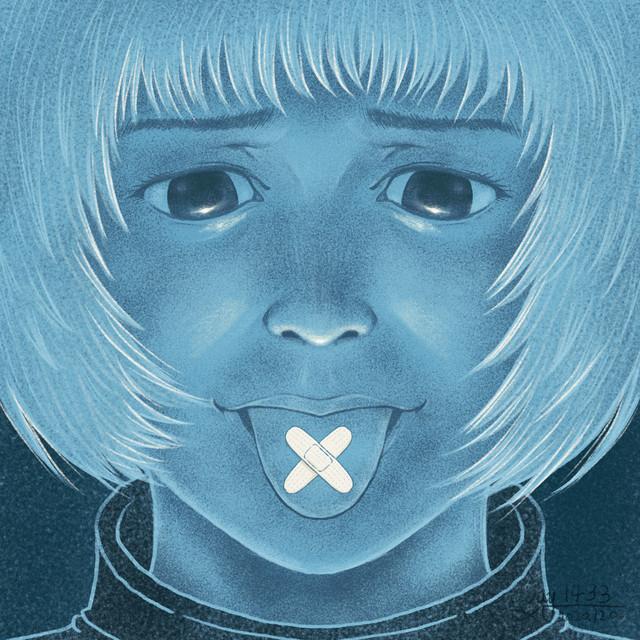
Artist Overview
# Hip Hop
# Electronic
Lo-fi aesthetics are idiosyncrasies associated with the recording process. More specifically, those that are generally viewed in the field of audio engineering as undesirable effects, such as a degraded audio signal or fluctuations in tape speed. The aesthetic may also extend to substandard or disaffected musical performances. Recordings deemed unprofessional or "amateurish" are usually with respect to performance (out-of-tune or out-of-time notes) or mixing (audible hiss, distortion, or room acoustics). Musicologist Adam Harper identifies the difference as "phonographic" and "non-phonographic imperfections". He defines the former as "elements of a recording that are perceived (or imagined to be perceived) as detrimental to it and that originate in the specific operation of the recording medium itself. Today, they are usually the first characteristics people think about when the subject of 'lo-fi' is brought up." Recording imperfections may "fall loosely into two categories, distortion and noise", in Harper's view, although he acknowledges that definitions of "distortion" and "noise" vary and sometimes overlap. The most prominent form of distortion in lo-fi aesthetics is harmonic distortion, which can occur when an audio signal is amplified beyond the dynamic range of a device. However, this effect is not usually considered to be an imperfection. The same process is used for the electric guitar sounds of rock and roll, and since the advent of digital recording, to give a recording a feeling of "analogue warmth". Distortion that is generated as a byproduct of the recording process ("phonographic distortion") is typically avoided in professional contexts. "Tape saturation" and "saturation distortion" alternately describe the harmonic distortion that occurs when a tape head approaches its limit of residual magnetization (a common aspect of tape recorder maintenance that is fixed with degaussing tools). Effects include a decrease in high-frequency signals and an increase in noise. Generally, lo-fi recordings are likely to have little or no frequency information above 10 kilohertz. "Non-phonographic" imperfections may involve noises that are generated by the performance ("coughing, sniffing, page-turning and chair sounds") or the environment ("passing vehicles, household noises, the sounds of neighbours and animals"). Harper acknowledges that the "appreciation of distortion and noise is not limited to lo-fi aesthetics, of course, and lo-fi aesthetics ... does not extend to all appreciations for distortion and noise. The difference lies in the ways in which distortion and noise are understood to be imperfections in lo-fi." He also distinguishes between "recording imperfections" and "sonic imperfections [that] occur as a result of imperfect sound-reproduction or - modulation equipment... Hypothetically, at least, lo-fi effects are created during recording and production itself, and perceptibly remain in master recordings that are then identically copied for release." Bruce Bartlett, in his 2013 guide Practical Recording Techniques, states that "lo-fi sounds might have a narrow frequency response (a thin, cheap sound), and might include noise such as hiss or record scratches. They could be distorted or wobbly in pitch." He offers the following methods for replicating lo-fi sounds: mixing levels so that they are unbalanced; placing obstructions between a microphone and the sound sources; placing the microphone in an unusual spot, such as in a wastebasket; recording with older, lower-quality instruments or equipment; and highlighting spill and sound reflections.